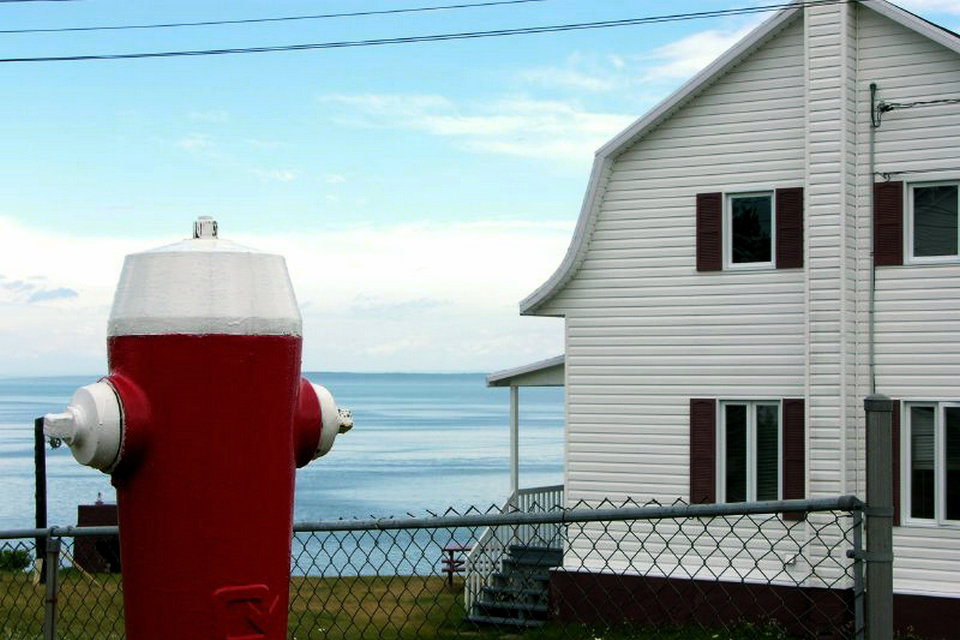Strawberry box houses


Strawberry box houses or Strawberry-box bungalow was a style of homes built during World War II and into the 1950s to 1960s and found throughout Canada. The style utilizes a square or rectangular foundation and named due to the similarity with boxes used to hold strawberries.
History
During World War II homes built known as Victory Housing emerged in suburbs in several Canadian cities and towns, including Toronto, Ottawa and Halifax to provide housing for workers in factories supplying items for World War II. Many homes were needed for workers who relocated to work in new or expanded shipyards to build ships for Canada’s merchant marine. Outside Toronto, large projects include North Vancouver (683), and Pictou, Nova Scotia (400 – Victory Heights) and by the middle of 1943, nearly 16,000 houses had been constructed by Wartime Housing Limited. this number had risen to 38,000 by 1947 when Wartime Housing Limited was wound down, having been replaced by Central Mortgage and Housing.
Victory Housing employed a cheap and simple design meant for temporary use. After the war many of these houses were maintained (and many remain into the twenty-first century), but newer versions improved on the basic format.
The typical style was either a detached bungalow or a two-storey semi-detached. Depending on the locale, the facade may have been plain wood or brick, with entrances at the front and sides.
Toronto
In Toronto, the strawberry box style may be found throughout North York, south Scarborough (south of Highway 401 (Ontario)) and north Etobicoke (north of Highway 401 (Ontario)).
Source From Wikipedia